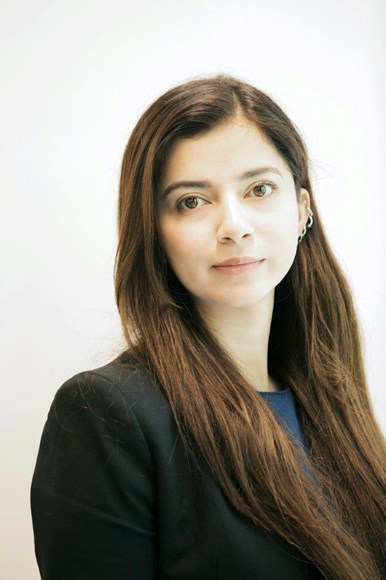Farina Farrier, Head of Open Networks
Last month, ENA submitted a response to Ofgem’s consultation on the RIIO-2 (GD/T2) Re-Opener Guidance and Application Requirements Document to recognise the inclusion of the Whole System Cost Benefit Analysis (CBA) framework, which was developed under ENA’s Open Networks Project.
The framework, which is the first of its kind (a single model that allows comparison of dual fuel options) in the UK, aims to enable the comparison of costs and benefits across different sectors, stakeholders (regulated and non-regulated) and scenarios to help identify the best solution across electricity and gas.
A fundamental requirement of an application to Ofgem to apply the Coordinated Adjustment Mechanism (CAM) is that it must demonstrably deliver greater benefits to consumers, so we are delighted that Ofgem has given formal recognition of the framework and its use as an essential part of the evaluation of network proposals under the CAM.
As we set off on the transition to Net Zero, this model plays a fundamental part in ensuring that we are taking a more holistic approach across the electricity and gas sectors, are choosing solutions that are in the interest of consumers (both current and future) and are optimal on a whole system basis.
The work on this product started in early 2020 to develop a methodology and model that allows the selection of the most optimum solution (electricity or gas) on a whole system basis. And it’s been exciting to see it evolve from a concept to a fully functioning model within the space of 12 months, bringing together experts from all of the distribution network operators, gas distribution networks and the electricity system operator to work with stakeholders to develop this.
As part of our work, we have identified a range of situations where this model can be used (example below) and we are excited to see how the industry can use this for further situations.
Example: A gas main feeding a small town is reaching the end of its lifespan. This model can be used to assess a range of options including: Is it better to replace the pipe like-for-like; convert the town to electric heating or install a biomethane plant and upgrade the gas network? This model will help assess all these options.
A wide range of stakeholders were engaged during the development, including energy network companies, Ofgem, BEIS and local authorities. We also worked collaboratively to bring in multiple perspectives through a range of forums including our Open Networks Advisory Group – which has representation from over 45 industry experts – and ENA’s Community Energy Forums – which are a key channel for bringing views from local energy groups.
All our members companies put forward experts that have come together as a product team under Open Networks. Delivering this model within a tight timescale was no easy job and the team has done a stellar job doing so. They will continue to test and improve this model under the Open Networks Project and our member companies intend to utilise this for any re-openers as part of the RIIO-2 process.
In terms of next steps, by June the Project is planning to have an updated version of the model and methodology to incorporate improvements based on practical application in the first half of this year. We will also set out processes for enduring governance of this model to manage changes to the framework in future years.
As with all our work, we have made this model and tool available publicly and we are keen to hear views from the industry to further improve it. Any questions, comments or feedback on the model can be sent to opennetworks@energynetworks.org.
This blog was originally posted on Farina Farrier's LinkedIn profile.
Notes to editor
- Our Members are supportive, in principle, of the introduction of a new CAM reopener.
- This CAM reopener will enable the responsibility and allowed revenue to be allocated from one network (licencee) to another where an alternative solution to an outcome originally intended to be delivered by one network (licencee), is identified on another network and where this is likely to deliver better value for consumers
About us
Energy Networks Association (ENA) is the industry body representing the energy networks. Our members include every major electricity network operator in the UK. The electricity networks are at the heart of the energy transition. They directly employ more than 26,000 people in the UK, including 1,500 apprentices. They are spending and investing £33bn in our electricity grids over the coming years, to ensure safe, reliable and secure energy supplies for the millions of homes and businesses reliant on power every day.
Press contacts
You can contact ENA's press office by emailing press@energynetworks.org. For urgent or out-of-hours enquiries from journalists, please call 0204 599 7691.





